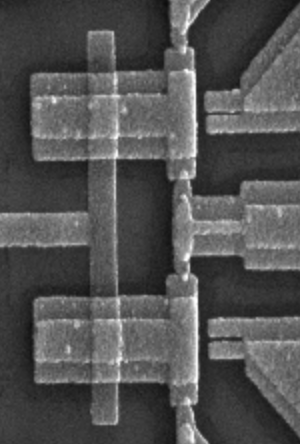The course presents the basic concepts needed to understand how a computer works, how programs are executed by the CPU at the machine level, and how computer networks function.
The material covered includes
- the major components of a computer, including CPU, memory, I/O and buses and the role of bandwidth, latency and power dissipation in determining the relationship between them.
- the use of bits, bytes and data formats to represent numbers, text and programs
- CPU structure and function: the conventional (von Neumann) computer architecture
- data types, addressing modes and instruction sets
- machine-level program structure and its correspondence to higher-level programs
- the role of wired and wireless networks in modern computer systems
- a basic understanding of typical network technologies, e.g. ethernet, wifi
- a basic introduction to the protocol stack in networks in particular TCP/IP
The material covered includes
- the major components of a computer, including CPU, memory, I/O and buses and the role of bandwidth, latency and power dissipation in determining the relationship between them.
- the use of bits, bytes and data formats to represent numbers, text and programs
- CPU structure and function: the conventional (von Neumann) computer architecture
- data types, addressing modes and instruction sets
- machine-level program structure and its correspondence to higher-level programs
- the role of wired and wireless networks in modern computer systems
- a basic understanding of typical network technologies, e.g. ethernet, wifi
- a basic introduction to the protocol stack in networks in particular TCP/IP
